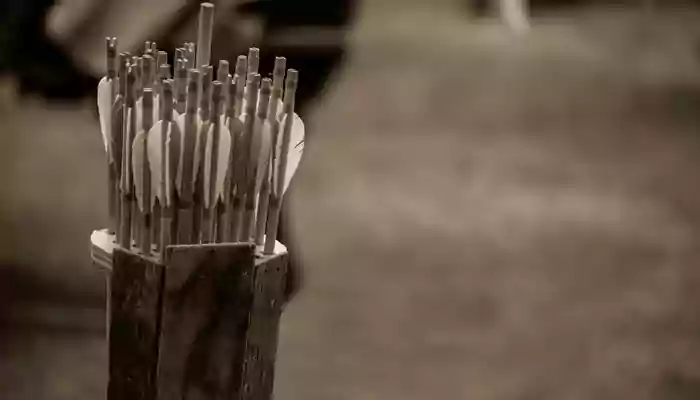Dhanurvidhya to Chaturanga: Sports of ancient India
Travel back to ancient India, where sports were more than just games; they were a way of life
- Sanjukta
- 10 November, 2023
- 2 mins ago

Dhanurvidhya to Chaturanga: Sports of ancient India
Travel back to ancient India, where sports were more than just games; they were a way of life
The tapestry of India's past is woven with the vibrant threads of sports and physical activities that have been practiced for centuries. These games and athletic traditions were not just about physical prowess; they were an integral part of Indian life, reflecting values, skills, and the spirit of competition that have been passed down through generations. Not every sports mentioned have been played competitively as these games weren't just about winning; they were about showcasing skills, embracing values, and having a great time.
Dive into the tales of swift archers, clever chess players, peaceful yogis, and giggling children playing gilli danda. Here are some sports played in ancient India.
Dhanurvidhya: The Art of Archery
Dhanurvidhya, the ancient Indian science of archery, holds a special place in Indian history. It is deeply rooted in the Mahabharata, one of the two major Sanskrit epics of ancient India. Archery was considered a vital skill in ancient times, used for hunting and warfare. Great warriors like Arjuna, who played a central role in the Mahabharata, were revered for their exceptional archery skills. Dhanurvidhya embodied precision, focus, and strength, making it a sport that required not only physical prowess but also unwavering concentration.
Kalaripayattu: The Mother of Martial Arts
Kalaripayattu, often referred to as the "mother of martial arts," is an ancient martial art form that originated in the southern state of Kerala. Dating back over 3,000 years, it encompasses a wide range of combat techniques, physical conditioning, and the use of weapons like swords and spears. Kalaripayattu is not only about self-defense but also about maintaining physical and mental balance. It is a holistic practice that emphasizes agility and strength, making it an art form that continues to inspire practitioners and enthusiasts worldwide.

Pachisi: The Royal Game of Strategy
Pachisi, known as the "Game of Kings," is an ancient Indian board game that traces its origins to the Gupta Empire. Similar to modern Ludo, Pachisi requires strategy and tactics as players move pieces on a cross-shaped board. This game transcended social boundaries, uniting both the aristocracy and commoners in friendly competition. Pachisi was more than just a game; it was a reflection of the strategic and intellectual prowess of ancient Indian society.
Yoga: The Path to Holistic Well-being
Yoga, with its roots extending over 5,000 years, is one of the most enduring contributions of ancient India to the world. It is more than a physical practice; it is a way of life. Yoga aims to unite the mind, body, and soul through a combination of physical postures, meditation, and controlled breathing. This ancient practice continues to empower individuals to lead healthier and more balanced lives.
Chaturanga: The Ancestor of Chess
Chaturanga, often called "the ancestor of chess," was an ancient Indian strategy board game that emerged around the 6th century. The game represents a battle between four divisions of the army—infantry, cavalry, elephants, and chariotry—similar to the modern chess pieces. Chaturanga required strategic thinking and tactical planning, emphasizing intellect over physical prowess. This intellectual sport has transcended borders, evolving into the modern game of chess and capturing the imagination of millions worldwide.
Hopscotch or Kith-Kith
Hopscotch, also known as Kith-kith, is an age-old and widely cherished traditional game in India. This game involves drawing a grid of boxes on the ground. The aim is for a player to hop through the boxes following specific rules while balancing on one leg. If the player accidentally touches the ground with their other leg, they are out of the game.
In certain regions of India, this game adds an extra layer of excitement by placing a small object on specific boxes. Players must jump and collect the object while adhering to the game's rules. In some variations, players can use both legs but must still land on designated boxes.
Gilli Danda: The Sports of the friendlies
Gilli Danda is a beloved traditional Indian game that's been enjoyed for generations. Players use a small piece of wood called the "gilli" and a larger stick known as the "danda." The goal is to hit the "gilli" with the "danda" so it flies into the air, and then strike it again while it's airborne. Players earn points for distance and successful hits. This simple and fun game promotes physical activity, precision, and friendly competition, making it a cherished part of India's cultural heritage.









